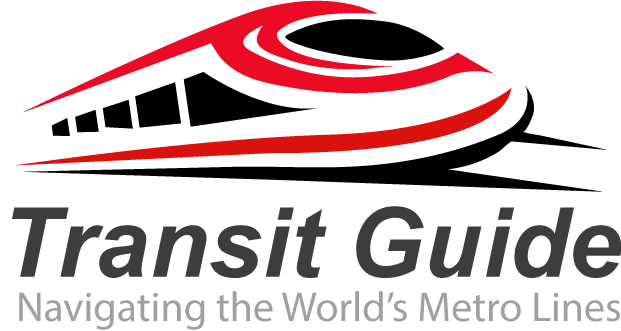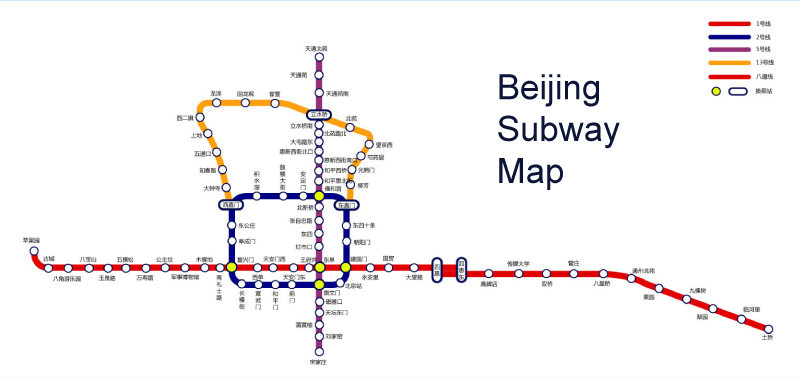The Beijing Metro stands as one of the world’s most extensive and efficient subway systems, serving over 10 million passengers daily across China’s bustling capital. Whether you’re a first-time visitor or planning an extended stay, understanding this comprehensive transit network is essential for navigating Beijing efficiently and affordably.
Overview of Beijing Metro
The Beijing Subway, known locally as Beijing Ditie, began operations in 1969 and has expanded dramatically to become the world’s second-longest metro system by total length. With over 450 stations spanning 27 lines covering more than 800 kilometers, the network connects virtually every corner of Beijing, from the historic Forbidden City to modern business districts and residential areas.
Key Lines and Coverage
The Beijing Metro system includes several crucial lines that tourists and residents frequently use:
Line 1 runs east-west through central Beijing, connecting major attractions like Tiananmen Square and the Forbidden City. Line 2 forms a loop around the city center, following the old city walls’ path. Line 4 provides north-south connectivity, while Line 10 creates an outer ring connecting business districts and residential areas.
The Airport Express offers direct service to Beijing Capital International Airport, making it the fastest and most economical way to reach the city center from the airport in just 16 minutes.
Ticketing and Payment Options
Beijing Metro operates on a distance-based fare system, with prices starting from ¥3 (approximately $0.40 USD) for short journeys. The most convenient payment method is the Yikatong card, a rechargeable smart card that works across all metro lines and buses. Alternatively, travelers can use mobile payment apps like Alipay or WeChat Pay, or purchase single-journey tickets from vending machines at stations.
Operating Hours and Frequency
Most Beijing Metro lines operate from 5:00 AM to 11:30 PM daily, with trains running every 2-8 minutes during peak hours and 5-10 minutes during off-peak times. Rush hours typically occur from 7:00-9:00 AM and 5:30-7:30 PM, when stations can become extremely crowded.
Navigation Tips for Travelers
All metro stations feature bilingual signage in Chinese and English, making navigation straightforward for international visitors. Station announcements are also made in both languages. Download the official Beijing Subway app or use Google Maps offline functionality to plan your routes effectively.
Pro tip: Avoid traveling during rush hours when possible, as stations and trains become extremely crowded. Security checks are mandatory at all stations, so allow extra time for your journey.
Major Tourist Destinations
The Beijing Metro provides convenient access to top attractions including:
- Tiananmen Square and Forbidden City (Line 1)
- Temple of Heaven (Line 5)
- Summer Palace (Line 4)
- Great Wall access points (via connecting transportation)
- Olympic Park and Bird’s Nest Stadium (Line 8)
Conclusion
The Beijing Metro system offers an efficient, affordable, and comprehensive way to explore China’s capital city. With proper planning and understanding of the system’s layout, travelers can easily access major attractions, business districts, and residential areas while experiencing one of the world’s most advanced transit networks. Remember to carry your passport for security checks and consider downloading navigation apps to enhance your Beijing Metro experience.

